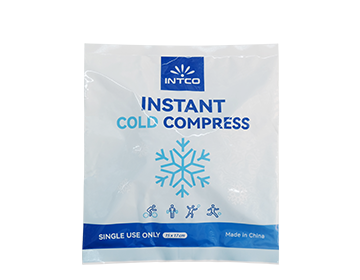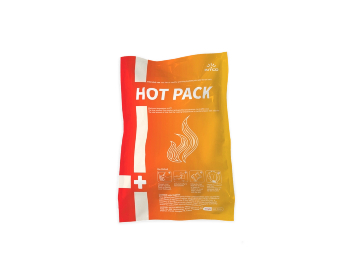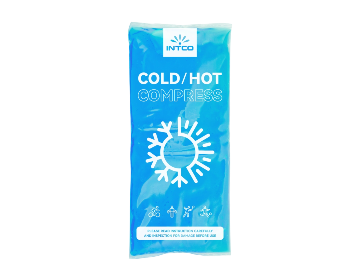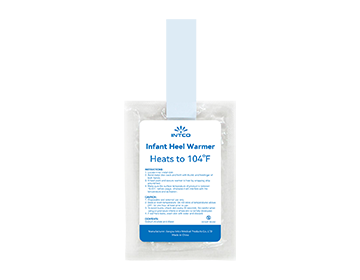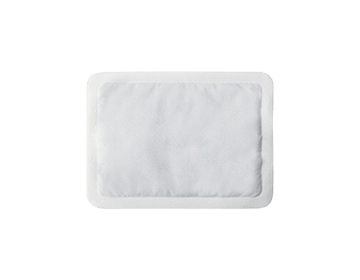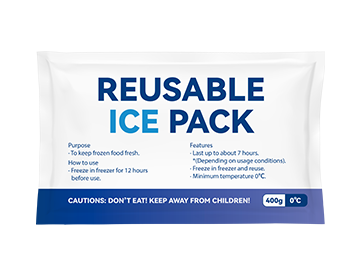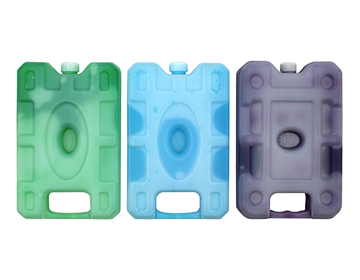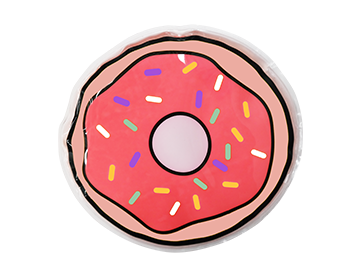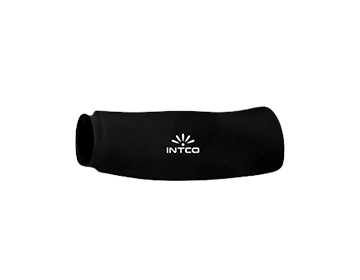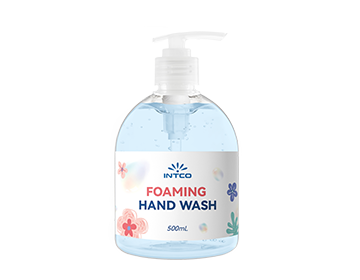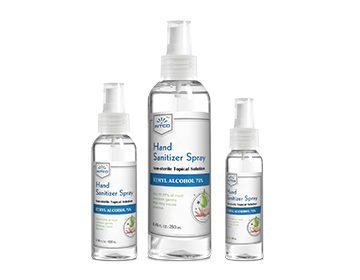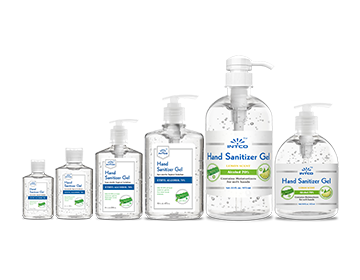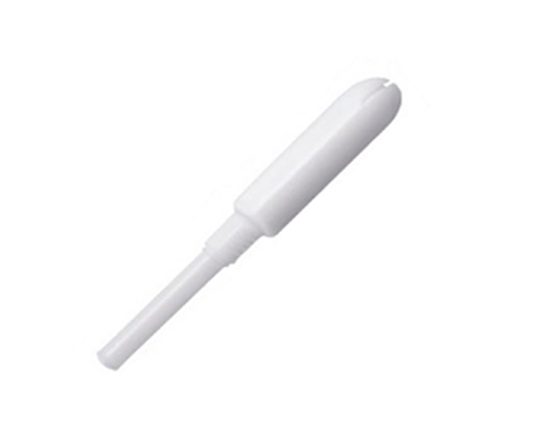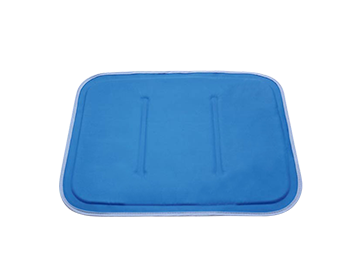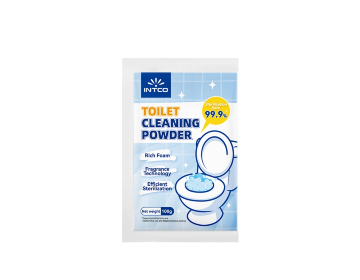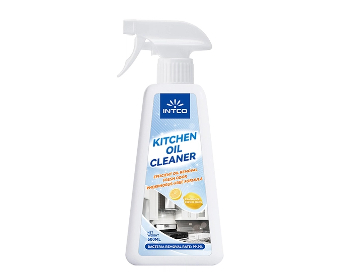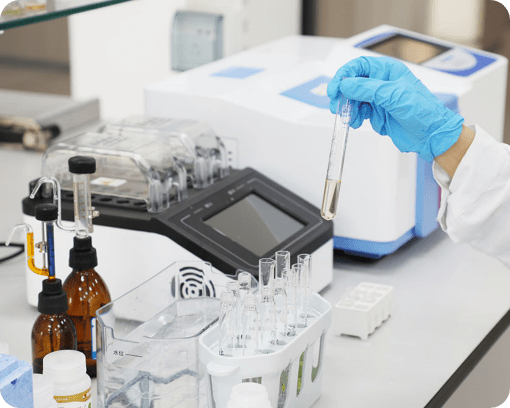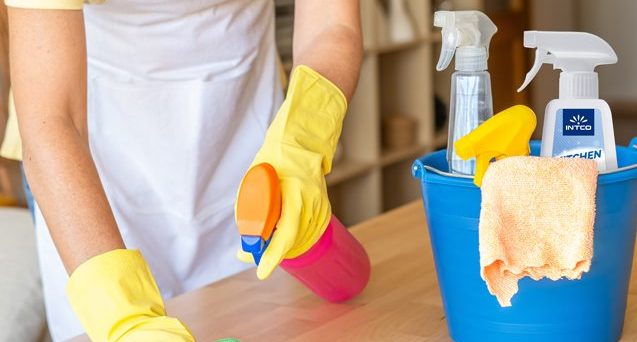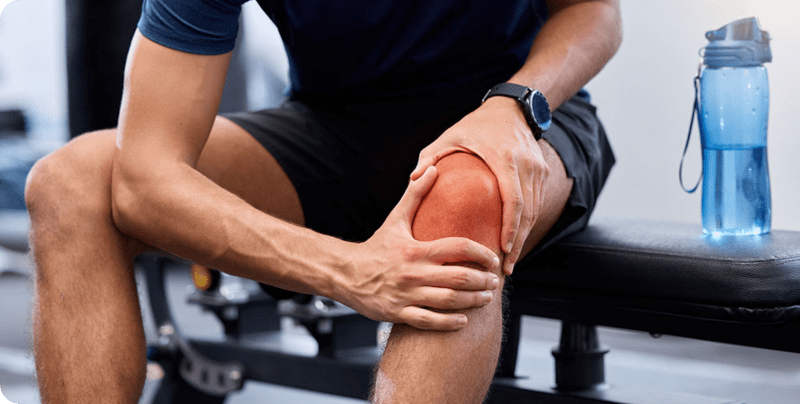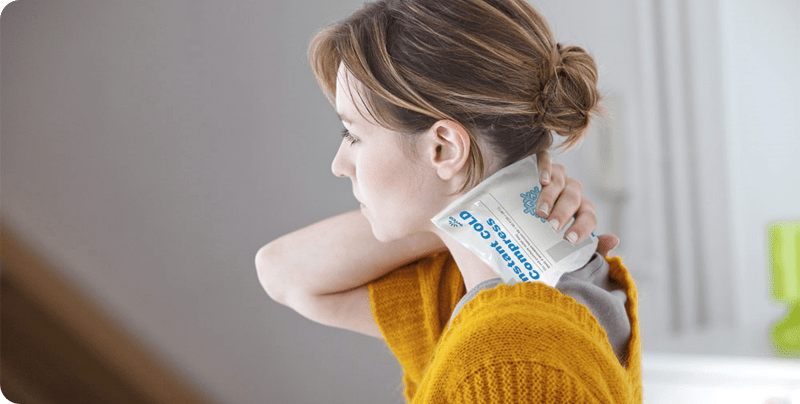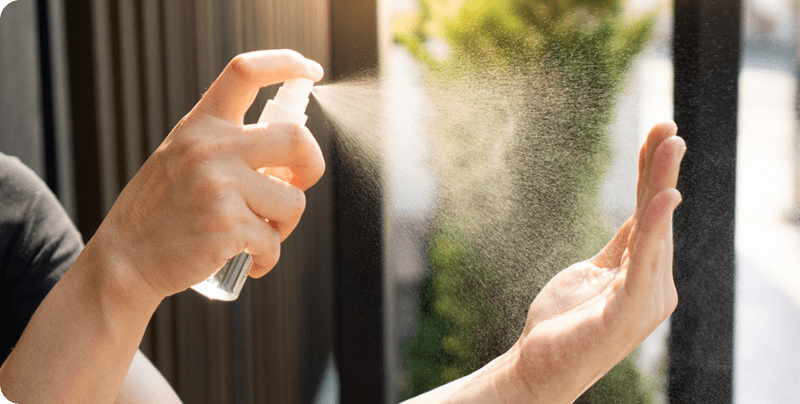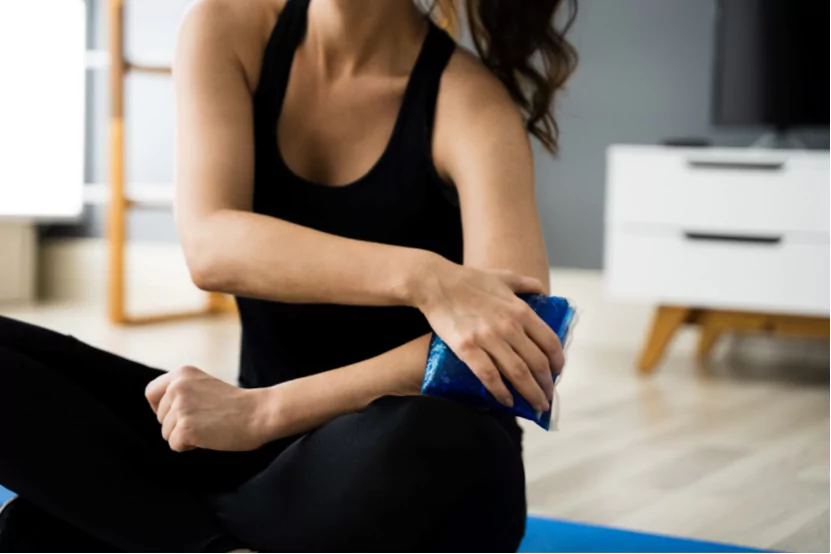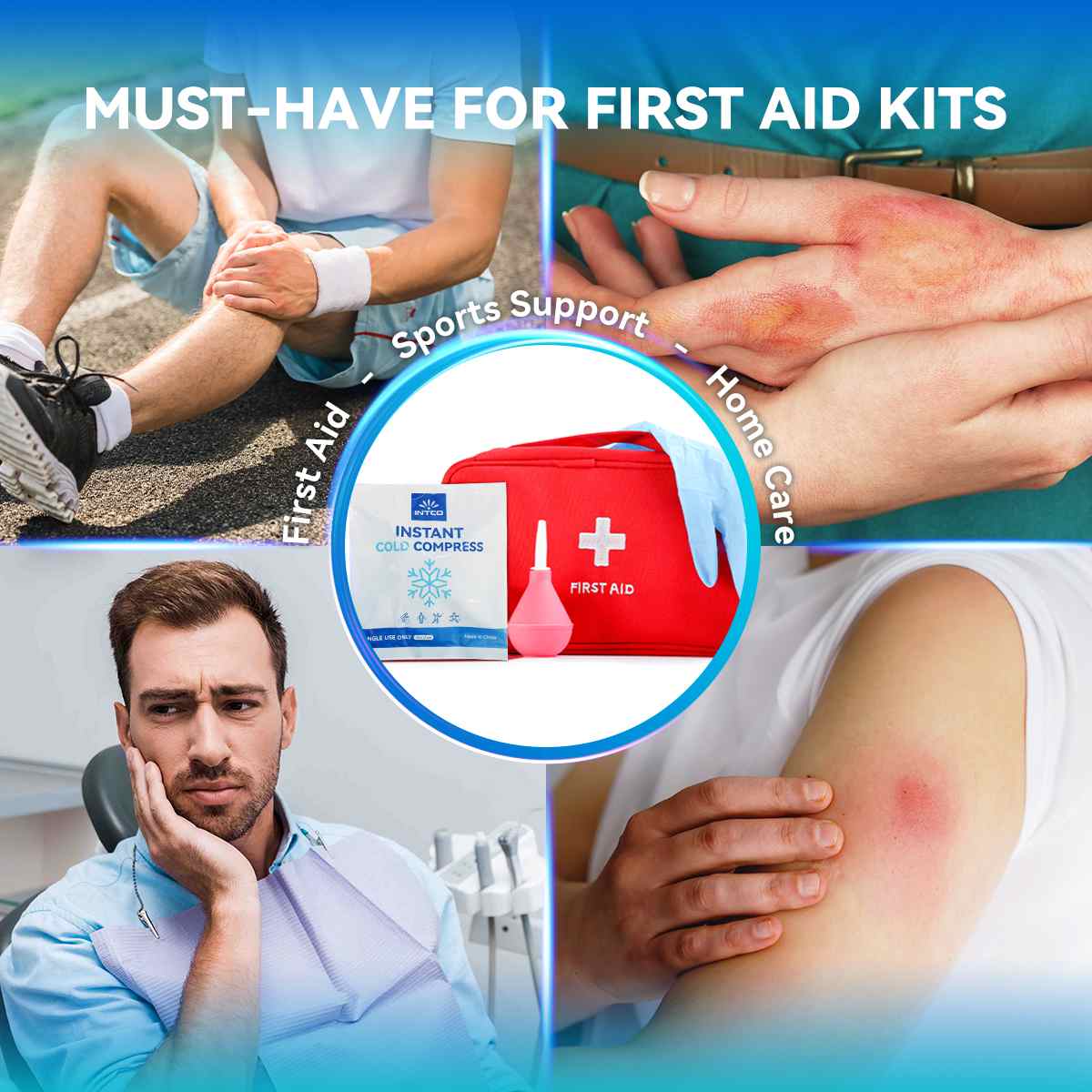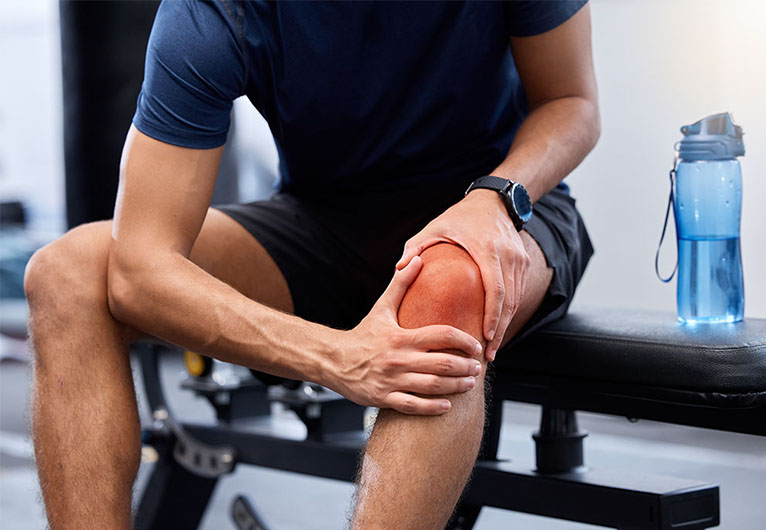Step-by-Step Guide: Hot and Cold Therapy at Home Using Reusable Packs
Whether you’re managing a sports injury, chronic pain, or everyday aches, hot and cold therapy remains one of the most effective, affordable, and non-invasive ways to find relief at home. With the help of reusable gel packs, you can easily apply both heat and cold in targeted areas, reducing inflammation, easing muscle stiffness, and improving recovery.
This guide walks you through how to use hot and cold therapy correctly, the science behind each, when to use which method, and how to safely apply reusable packs for maximum benefit.
Understanding the Basics: Heat vs. Cold
What Does Cold Therapy Do?
Also known as cryotherapy, cold therapy works by constricting blood vessels, reducing blood flow to the affected area. This helps decrease inflammation, swelling, and numb sharp pain. According to the Cleveland Clinic, cold therapy is ideal for acute injuries (like sprains, strains, or bruises) within the first 48 hours.
Benefits of Cold Therapy
- Reduces inflammation and swelling
- Numbs pain
- Slows nerve activity
- Helps in post-workout recovery
What Does Heat Therapy Do?
Heat therapy, or thermotherapy, works by increasing blood flow, relaxing tight muscles, and promoting tissue healing. It’s typically used for chronic pain, stiffness, or muscle tension. The Mayo Clinic recommends applying heat for conditions like arthritis or muscle soreness.
Benefits of Heat Therapy
· Improves circulation
· Relaxes muscles and joints
· Enhances flexibility
· Helps reduce chronic pain
When to Use Hot vs. Cold Therapy
|
Condition |
Use Cold Therapy |
Use Heat Therapy |
|
Acute injury (first 48 hrs) |
✅ |
❌ |
|
Swelling or inflammation |
✅ |
❌ |
|
Muscle strain (later stage) |
✅ |
✅ (after 48 hrs) |
|
Chronic joint pain |
❌ |
✅ |
|
Arthritis |
❌ |
✅ |
|
Post-exercise soreness |
✅ |
✅ |
|
Headache or migraine |
✅ (forehead/neck) |
❌ |
Knowing when to switch between hot and cold therapy is essential. Many people find that alternating the two after the initial inflammation period is especially effective—a practice known as contrast therapy.
Types of Reusable Gel Packs for Home Use
Reusable gel packs are versatile tools that can be heated or chilled, depending on your needs. Available in various shapes and sizes (shoulder, knee, neck, universal), these packs are typically filled with a non-toxic gel and sealed in a flexible plastic or fabric layer.
Features to Look For
· Microwave and freezer safe
· BPA-free and non-toxic materials
· Durable, leak-proof design
· Comfortable outer fabric (optional)
· Adjustable straps for targeted application
Step-by-Step: How to Apply Cold Therapy at Home
Freeze the Gel Pack
Place your gel pack in the freezer for at least 2 hours. Keep extras on hand for larger areas or multiple applications.
Wrap It in a Towel
Never apply a frozen pack directly to bare skin—wrap it in a thin cloth or towel.
Apply to Affected Area
Hold the pack on the injured area for 15–20 minutes at a time. You can repeat every 2–3 hours as needed.
Monitor the Skin
Check for signs of frostbite or irritation. If skin becomes numb or red, remove the pack immediately.
Step-by-Step: How to Apply Heat Therapy at Home
Heat the Gel Pack Safely
· Microwave method: Heat in short 20–30 second bursts, kneading between intervals.
· Hot water method: Submerge the pack in warm water (not boiling) for 5–7 minutes.
Test the Temperature
Ensure the pack is warm, not hot. Test it on your wrist before applying to avoid burns.
Use on Stiff Muscles or Joints
Apply the pack to the sore area for 15–20 minutes. If needed, reheat and repeat after 1–2 hours.
Avoid Overuse
Limit heat application to 20 minutes to prevent overheating tissues, which can cause swelling.
Tips for Safe and Effective Use
· Avoid using cold therapy for stiff muscles or poor circulation.
· Don’t apply heat to recent injuries or inflamed areas.
· Consult a doctor if pain persists beyond 72 hours.
· Clean gel packs regularly, especially if used near open skin.
· Replace damaged packs immediately—leaks may expose gel contents.
Combining Therapies for Better Results
In some cases, a contrast therapy routine (alternating hot and cold) is beneficial—especially for athletic recovery and joint stiffness.
Example Routine:
· Cold therapy: 10 minutes
· Rest: 5 minutes
· Heat therapy: 10 minutes
Repeat for 2–3 cycles. Always end with cold therapy if swelling is present.
Why Choose Reusable Packs?
Reusable hot and cold packs are eco-friendly, cost-effective, and convenient. Unlike single-use chemical packs, they provide consistent performance and are safe for repeated home use. Many are designed for specific body parts like the neck, shoulder, knee, or back, offering better fit and comfort.
INTCO Healthcare
If you’re a retailer, clinic, or wellness brand looking to offer reliable therapy solutions, INTCO Healthcare provides OEM and ODM services for hot & cold gel packs. Customization includes:
· Size and shape for targeted body areas
· Branding with logo printing
· Retail packaging and safety labeling
· FDA/CE-certified materials and leak-proof construction
Final Thoughts
Hot and cold therapy using reusable gel packs is a simple yet powerful way to manage pain and promote healing at home. By knowing when and how to use each method properly, you can treat a variety of conditions safely and effectively.
INTCO Healthcare supports individuals and businesses with high-quality, customizable gel therapy solutions—designed for real-life comfort and care.

